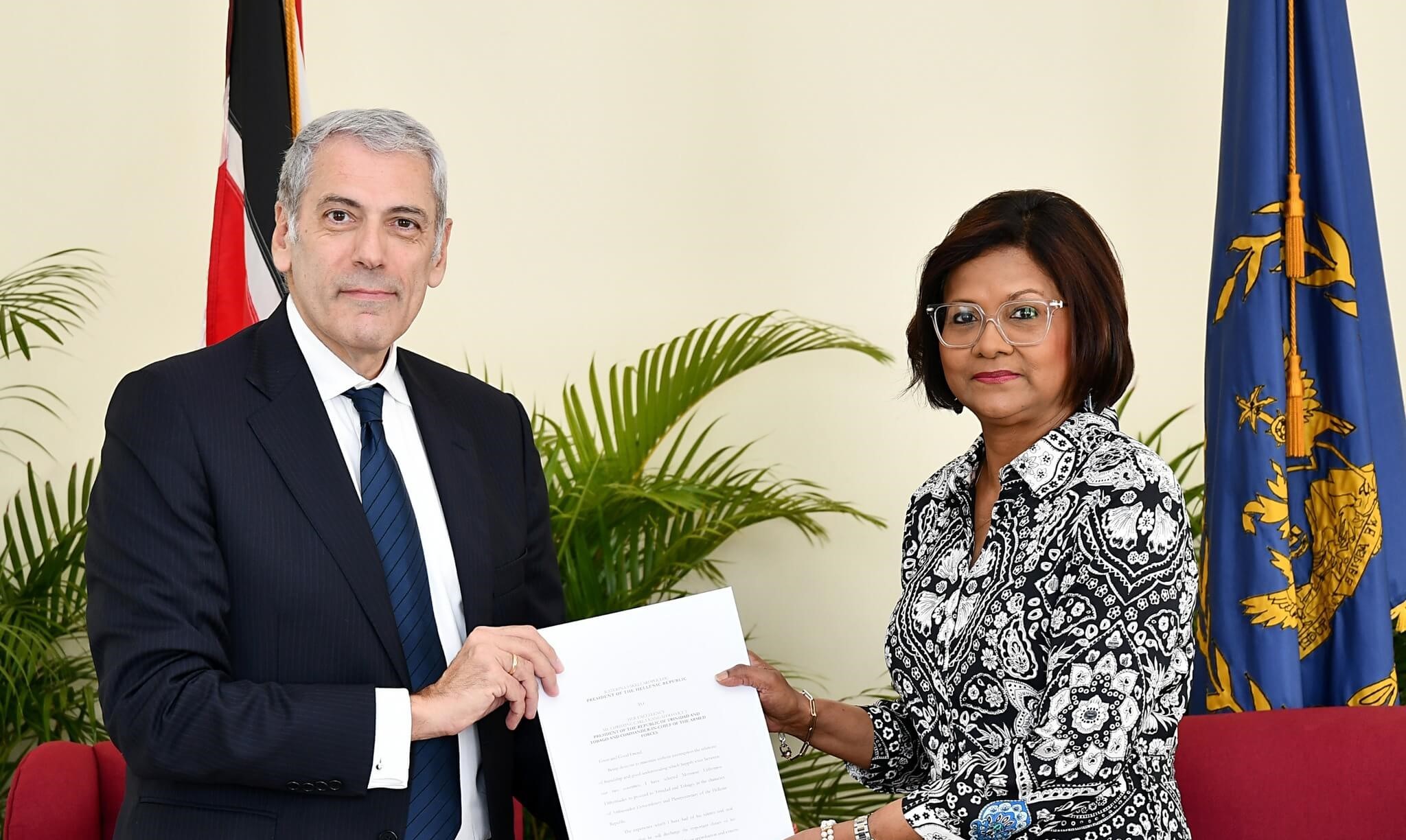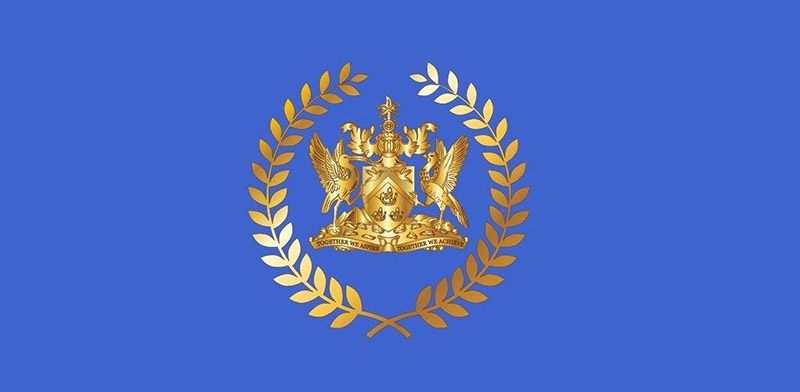Today, the nation and the rest of the world commemorate White Cane Safety Day. Observed annually on October 15th, White Cane Safety Day was first proclaimed and celebrated in the United States in 1964 and has since gained recognition worldwide. White Cane Safety Day serves to raise awareness about the use of the white cane as a tool of mobility and a symbol of independence and resilience for the blind and visually-impaired.
The origins of the white cane date back to 1921 when James Briggs, a photographer from Bristol, United Kingdom, claimed to have invented it to enhance his visibility to motorists and pedestrians around his home. Throughout the 1930s, the use of white canes by the blind or visually impaired became more widespread in the United Kingdom, France, and the United States.
In Trinidad and Tobago, as well as around the world, the white cane is used by the blind or visually-impaired as a tool for safe and reliable navigation. The white cane enhances mobility by providing users with tactile feedback about their surroundings, allowing them to detect obstacles, changes in surface texture, and other important information that facilitates safe travel. The white cane also signals to both pedestrians and motorists that the user is blind or visually impaired.
It is important to recognize that the white cane is more than a mobility aid – it also embodies independence, resilience and hope. It empowers blind and visually impaired individuals to navigate the world with confidence and certainty. It serves as a reminder that everyone has the right to move through our world with dignity and safety.
As patron of the Trinidad and Tobago Blind Welfare Association, I stand in full support of the Association’s efforts to advocate for the rights and dignity of persons who are blind or visually-impaired in Trinidad and Tobago. On this White Cane Safety Day, let us all take the opportunity to recognise and support our fellow citizens as they strive to participate in our society on a full and equal basis.







